Training a hyperactive puppy can be both a challenging and rewarding experience. Puppies, by nature, are full of energy, but when that energy is excessive, it can lead to behavioral issues and a stressed-out pet parent. Tips for training hyperactive puppies are essential for channeling their energy into positive behaviors and ensuring a harmonious living environment.
In this article, we’ll explore practical strategies, including consistent routines, professional training techniques, and the role of mental stimulation to manage and transform the behavior of your lively pup effectively. With patience and the right approach, your hyperactive puppy can become a well-mannered companion.
Understanding Hyperactivity in Puppies
Hyperactivity in puppies is a common phenomenon, characterized by an excess of energy leading to increased movement, impulsivity, and an inability to settle, even in calm environments. This is a typical phase in the early stages of a dog’s life; however, it can sometimes overwhelm new pet owners. Understanding the underlying causes and manifestations of this behavior is the first step to effective management and training.
A hyperactive puppy can exhibit behaviors such as excessive jumping, running, an inability to stay still, and a heightened reaction to stimuli. This kind of energy is often natural, resulting from the puppy’s developing physical and mental faculties, their inherent curiosity, and their learning process as they explore the world around them.
Various factors can contribute to this state of hyperactivity. Genetics play a role, as some breeds are naturally more energetic than others. Additionally, a puppy’s environment and daily routine, including diet, exercise, and attention received, significantly influence their behavior. Medical issues can sometimes cause or exacerbate hyperactivity; therefore, ruling out any underlying health conditions is an essential first step.
There’s a distinct difference between normal puppy energy and excessive hyperactivity. While all puppies are playful and energetic, a hyperactive puppy might find it challenging to calm down even after play or exercise. They could exhibit intense behaviors like constant barking, pacing, or jumping. It is crucial to observe and assess the behavior accurately to apply the appropriate training techniques and interventions.
In the journey of managing and training a hyperactive puppy, patience, consistency, and positivity are vital. Reprimanding or punishing the puppy is counterproductive. Instead, understanding that this phase is a part of their developmental process and responding with appropriate training methods fosters a healthy learning environment. By focusing on structured activities, engagement, and rewards for calm behavior, you can navigate through this energetic phase of your puppy’s life effectively.
In the following sections, we’ll dive deeper into specific tips for training hyperactive puppies, offering solutions and strategies to channel that boundless energy into positive learning and behavior outcomes.
Early Socialization
Early socialization is a cornerstone in shaping the behavior of a hyperactive puppy, turning those bursts of energy into positive experiences that facilitate their growth and development. When puppies are exposed to various environments, people, animals, and sounds during their formative weeks, they learn to adapt, respond, and manage their energy levels effectively. Here’s how to optimize early socialization for a hyperactive puppy.
Familiarization with Different Environments
Take your puppy to different settings to expose them to a variety of stimuli. Parks, pet-friendly stores, and quiet streets can be excellent learning grounds. The key is to ensure these experiences are positive, gradually introducing the puppy to new environments to avoid overwhelming them.
Interaction with Other Dogs
Letting your puppy interact with well-behaved, vaccinated adult dogs can be instrumental. They not only learn social cues but also expend energy during play. Puppy classes or playdates can be organized to enhance this interaction, ensuring supervision to keep playtimes positive and safe.
Positive Human Interaction
Hyperactive puppies need to learn how to interact with humans of all ages. Gentle handling, petting, and positive interactions with adults and children help the puppy associate human touch with positivity, which can calm their hyperactive tendencies.
Exposure to Various Sounds and Sights
Introducing puppies to different sounds and sights prepares them to handle various situations without heightened excitement or stress. Use treats and praises to reward calm behavior during these exposures, reinforcing a positive association.
Training Sessions
Incorporate basic obedience training during this phase. Short, engaging sessions focusing on commands like ‘sit’, ‘stay’, and ‘down’ can help manage hyperactivity. Use treats and praises as rewards to reinforce desired behaviors.
Balancing Socialization and Rest
Remember that puppies, even hyperactive ones, need ample rest. Balance socialization activities with downtime to allow the puppy to process their experiences and rest, avoiding overstimulation.
Early socialization, when done right, plays a pivotal role in managing hyperactivity. It lays the foundation for a well-adjusted adult dog who is not only trainable but also adaptable to various environments and situations. Tailoring socialization experiences to the puppy’s individual needs and responses ensures a positive, enriching learning journey that makes the boundless energy of the hyperactive puppy manageable and directed towards positive behavioral outcomes.
Establishing a Routine
For hyperactive puppies, a well-structured routine is not just beneficial; it’s essential. By nature, dogs are creatures of habit. When there is a predictable pattern in their lives, it fosters a sense of security and calmness. For a hyperactive puppy, a routine helps in channeling their excessive energy constructively and reduces anxiety, which can sometimes exacerbate their energy levels. Below are the essential components of establishing a comprehensive routine.
Feeding Schedule
Consistency in feeding times aids in digestion and potty training. A regular feeding schedule also prevents the puppy from becoming overly energetic due to hunger or facing a dip in energy levels.
Potty Breaks
Scheduled potty breaks, especially after meals or naps, aid in house training. It also ensures that the puppy doesn’t become anxious or overly energetic due to the need to relieve themselves.
Training Sessions
Integrate short, regular training sessions. Hyperactive puppies have short attention spans, so keeping training activities brief but regular helps instill discipline and control.
Play and Exercise
Allocate specific times for play and exercise. This not only helps in expending energy but also in establishing boundaries, where the puppy understands when it’s time to play and when it’s time to calm down.
Quiet Time and Rest
Just as play is vital, so is rest. Ensure there are designated quiet times where the puppy can relax, unwind and process the activities of the day. This aids in mental development and reduces hyperactivity.
Sleep Schedule
Ensure a consistent sleep schedule. Adequate rest is essential for the puppy’s physical and mental development. It also helps in reducing excess energy.
Adapt and Modify
Monitor the puppy’s response to the established routine. Be ready to adapt and modify the schedule to suit the puppy’s evolving needs as they grow. Consistency should be balanced with flexibility to cater to the dog’s health and behavioral changes.
In essence, establishing a routine for a hyperactive puppy is about creating an environment where they can predict what comes next. This predictability fosters a sense of security, significantly reducing anxiety and hyperactivity. Each component of the routine should be tailored to the puppy’s specific needs, ensuring that their physical, mental, and emotional needs are met in a balanced and holistic manner. This balance is pivotal in transforming a hyperactive puppy into a calm, well-adjusted adult dog.
Physical Exercise

Physical exercise is pivotal in managing the boundless energy of hyperactive puppies. Implementing a comprehensive, structured exercise regimen not only ensures that their physical energy is adequately expended but also aids significantly in mental stimulation, leading to a more balanced and calm puppy.
Types of Physical Exercises
Understanding the specific needs and preferences of your puppy is essential in tailoring an exercise regimen that is both enjoyable and effective. Here are some tailored activities:
Walks
Regular walks are fundamental. They serve the dual purpose of physical exercise and exploration, offering the puppy a chance to expend energy and satisfy their innate curiosity.
Play Sessions
Interactive play sessions using toys, balls, or frisbees can be highly effective. These not only provide physical exercise but also enhance the bond between the pet and the owner.
Agility Training
For particularly energetic puppies, agility training can be introduced early on. This type of training offers a combination of physical activity, mental stimulation, and skill-building.
Swim Sessions
If accessible, swimming can be an excellent low-impact exercise for puppies, offering them a chance to burn energy without putting strain on their developing joints.
Puppy Playdates
Organizing playdates with other vaccinated, well-behaved puppies can be a fantastic way for them to socialize and exercise simultaneously. Monitor their interaction to ensure safety.
Mental Stimulation as a Part of Exercise
While focusing on physical activities, integrating mental stimulation is key. Use puzzles, treat-dispensing toys, or training sessions to challenge their mind, which often leads to physical tiredness.
Safety First
While exercise is crucial, the safety of the puppy should be the utmost priority. Ensure all activities are age-appropriate, considering the puppy’s breed, health, and vaccination status. Avoid over-exertion and always monitor the puppy during exercise to ensure they are safe and comfortable.
Tailored Approach
Every puppy is unique. Observing and understanding your hyperactive puppy’s specific needs, preferences, and limitations is fundamental in creating an exercise regimen that is not only effective in managing energy levels but also in promoting overall wellbeing.
Implementing a well-rounded, consistent physical exercise regimen is a cornerstone in the journey of managing and training hyperactive puppies. It leads to a balanced, happy, and well-adjusted dog, making the pet ownership journey as rewarding as possible.
Mental Stimulation
Mental stimulation is an integral aspect of managing and training hyperactive puppies. It complements physical exercise and is equally critical in ensuring that the puppy is well-balanced, content, and exhibits fewer undesirable behaviors associated with excess energy.
Types of Mental Stimulation Activities
A myriad of activities can stimulate a puppy’s mental faculties. These activities not only keep them engaged but also contribute to cognitive development.
Puzzle Toys
Puzzle toys that dispense treats when solved can keep a puppy engaged for extended periods of time. It encourages problem-solving skills and can be a source of both entertainment and reward.
Obedience Training
Regular obedience training sessions are not just about teaching commands; they are pivotal in mental engagement. Learning and following commands require mental effort, which helps drain excess energy.
Scent Games
Dogs have an extraordinary sense of smell. Engaging them in scent games, where they have to find hidden treats or toys based on their smell, is both mentally stimulating and enjoyable.
Interactive Toys
Toys that move or make sounds can capture a puppy’s attention. These toys often challenge the puppy to think and react, leading to mental exercise.
Exploration Walks
Walks are not just for physical exercise. Allowing the puppy to explore, sniff, and investigate their environment caters to their natural instincts and provides mental stimulation.
DIY Activities
Creating homemade puzzles or games that challenge your dog’s thinking skills can be a cost-effective way to keep them mentally engaged.
Socialization
Exposing puppies to various environments, people, and other animals contributes to their mental well-being. It aids in reducing anxiety and fear while enhancing their adaptability to new experiences.
Balancing Mental and Physical Exercise
It’s pivotal to strike a balance between mental and physical exercise. Both play a significant role in the overall well-being of a hyperactive puppy. While physical exercise helps in burning off excess energy, mental stimulation aids in reducing boredom and anxiety, often culminating in a calmer, more content puppy.
Understanding that every puppy is different is crucial. Tailoring mental stimulation activities to fit the individual dog’s preferences, and responsiveness ensures effectiveness. The combination of physical exercise with mental stimulation will lead to a well-adjusted, happy puppy, making the training journey more manageable and enjoyable for both the pet and the owner.
Positive Reinforcement
In the realm of training hyperactive puppies, positive reinforcement emerges as a cornerstone technique. It revolves around the principle of rewarding desired behaviors, which encourages their repetition. Positive reinforcement is not just about treats; it’s a holistic approach that fosters a healthy bond between the puppy and the owner while enhancing the learning process.
Elements of Positive Reinforcement
1. Immediate Rewards
Timing is essential. Offering rewards immediately after the puppy exhibits the desired behavior ensures the association of the action with positive outcomes.
2. Use of Treats
While treats are common rewards, it’s vital to ensure they are healthy and given in moderation. Diversifying rewards with praise, toys, and affection is equally effective.
3. Consistency
Consistency in rewarding good behavior is critical. It helps the puppy to make clear connections between their actions and positive outcomes.
4. Customization
Every dog is unique. Customizing rewards to what the puppy finds motivating increases the effectiveness of positive reinforcement.
Positive Reinforcement in Action
Training Sessions
Keeping training sessions short and enjoyable is paramount, especially for hyperactive puppies. Incorporating games and fun activities keeps the puppy engaged and makes learning more effective.
Celebrating Small Wins
Every positive action, no matter how small, deserves recognition. It builds the puppy’s confidence and encourages the repetition of good behavior.
Avoiding Negative Reinforcement
Negative reinforcement can be counterproductive. Focus on redirecting energy and attention rather than punishment.
Incorporating Family Members
Training becomes more effective when all family members are on board. It ensures consistency in commands and rewards.
The Ripple Effect
The benefits of positive reinforcement extend beyond managing hyperactivity. It fosters a nurturing environment where the puppy feels safe and loved. This approach not only accelerates learning but also aids in instilling trust, building a stronger bond between the pet and the owner.
As you navigate through the journey of training a hyperactive puppy, remember that patience, consistency, and positivity are your allies. Celebrate every progress and understand that every challenge is an opportunity for both of you to learn and grow together. The goal is to nurture a relationship anchored on mutual respect, understanding, and love.
Professional Training Assistance
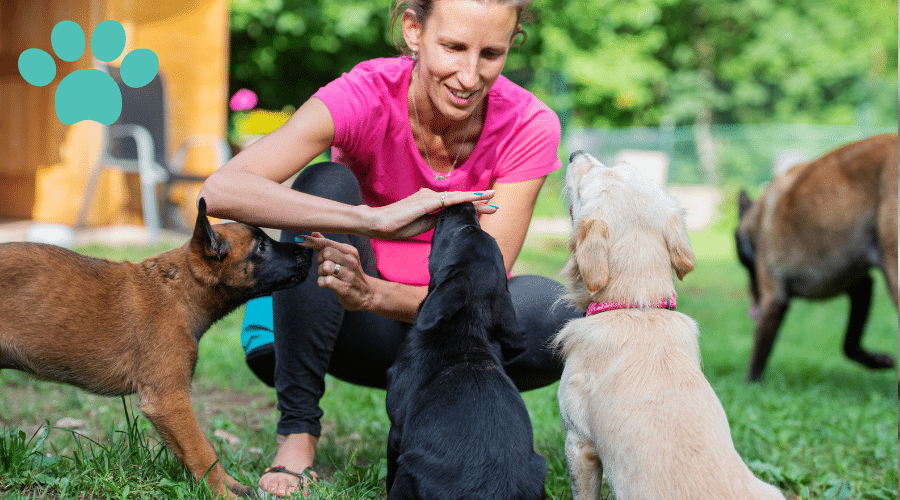
When it comes to managing and training hyperactive puppies, seeking professional help can sometimes be the most effective approach. Professional trainers bring expertise, experience, and tools tailored to address specific behavioral issues, ensuring that the puppy’s energy is channeled appropriately.
The Benefits of Seeking Professional Help
1. Customized Training Plans
Professional trainers develop individualized training programs that cater to the unique needs and challenges of each puppy. They assess the puppy’s behavior, temperament, and triggers to devise strategies that are both effective and sustainable.
2. Expert Guidance
With a wealth of experience, professional trainers offer insights into the underlying causes of hyperactivity. They employ proven techniques to manage and mitigate excessive energy, ensuring that it doesn’t morph into destructive behavior.
3. Support for Owners
Training a hyperactive puppy can be overwhelming. Professional trainers provide support and education for pet owners, equipping them with skills to manage their pets’ energy levels and behaviors effectively.
4. Safety and Well-being
Professional assistance ensures that training is conducted safely, prioritizing the well-being of the puppy. Trainers adhere to ethical standards, ensuring that the training process is humane and respectful.
When to Consider Professional Assistance
Timely Intervention
If the puppy’s hyperactivity becomes unmanageable or if it escalates to destructive or aggressive behaviors, seeking professional help is advisable. Early intervention can prevent the development of long-term behavioral issues.
Specialized Skills
Professional trainers possess skills to address complex behavioral challenges. They are equipped with techniques to manage anxiety, aggression, and other issues that may accompany hyperactivity.
Comprehensive Training
In addition to managing hyperactivity, professional training programs often encompass a range of skills and behaviors, fostering holistic development for the puppy.
Making the Decision
While considering professional training, it’s essential to research and choose a trainer who aligns with humane, positive reinforcement techniques. Reviews and referrals can be instrumental in finding a reputable professional.
Training hyperactive puppies is a journey, and while challenges are part of the process, each stride made is a testament to the unyielding bond between pets and their owners. With professional assistance, the journey can be less daunting, ensuring that the puppy matures into a well-adjusted, happy, and healthy dog.
Frequently Asked Questions

What Causes Hyperactivity in Puppies?
Hyperactivity in puppies can be attributed to various factors including breed predisposition, lack of exercise, inadequate training, or certain medical conditions. It’s essential to understand the underlying causes to implement effective training and management strategies.
How Can I Calm My Hyperactive Puppy?
Calming a hyperactive puppy involves regular physical exercise, mental stimulation, establishing a routine, and sometimes seeking professional training assistance. It’s also crucial to ensure that the puppy is receiving a balanced diet and adequate social interaction.
Is Hyperactivity in Puppies a Sign of a Medical Issue?
While hyperactivity is often behavioral, it can sometimes indicate underlying medical issues. If your puppy’s hyperactivity is accompanied by other symptoms or is sudden and extreme, it is advisable to seek a veterinary consultation to rule out health concerns.
Can Training Completely Eliminate Hyperactivity?
Training can significantly mitigate hyperactivity, channeling the puppy’s energy into positive behaviors. However, some dogs naturally have higher energy levels due to their breed or individual temperament. The goal is to manage and direct this energy constructively.
What Exercises Are Best for Hyperactive Puppies?
A mix of physical activities like walking, playing fetch, and mental exercises like puzzle toys or obedience training can be effective. The key is to provide a variety of stimulating activities to engage both their body and mind constructively.
When Should I Consider Seeking Professional Training Assistance?
Consider professional help if the puppy’s hyperactivity becomes unmanageable, leads to destructive behaviors, or if you’re unsure of the correct training techniques to employ. Early professional intervention can prevent the development of long-term behavioral issues.
Conclusion
Training hyperactive puppies requires patience, consistency, and a blend of physical and mental exercises to channel their energy constructively. By understanding the causes of hyperactivity and employing targeted training strategies, including seeking professional assistance when necessary, owners can nurture their puppies into well-adjusted adult dogs. Ensure you’re equipped with the right knowledge and resources to turn the challenges of today into the joys of a lifelong companionship.

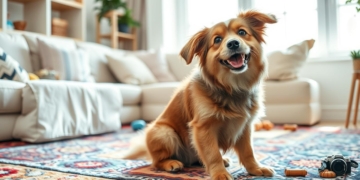
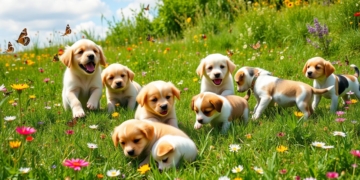
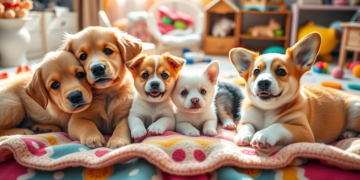
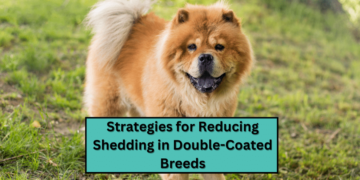
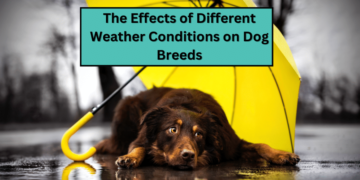
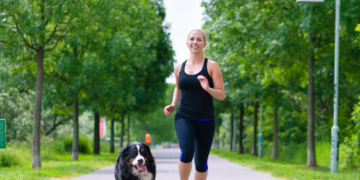
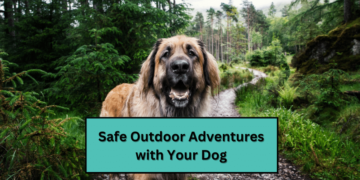
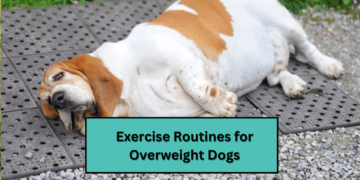
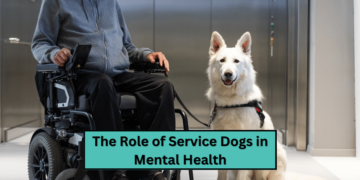


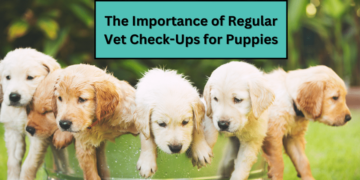

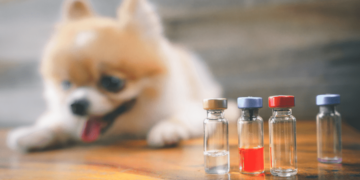
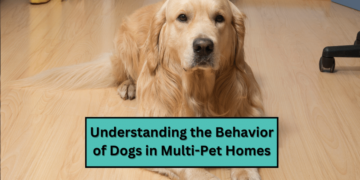
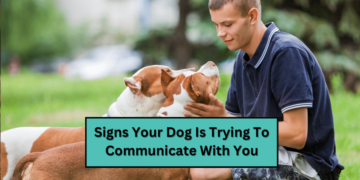
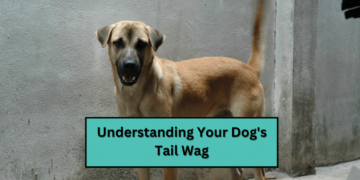
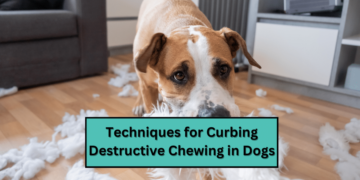
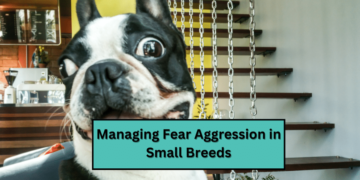
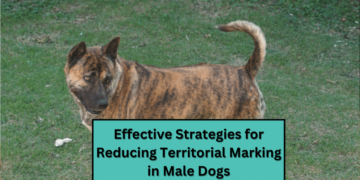
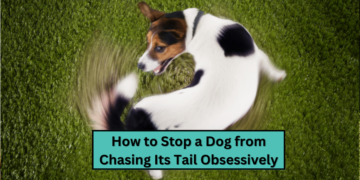
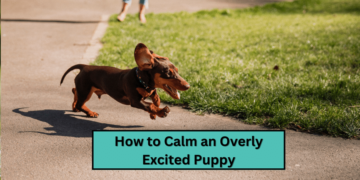
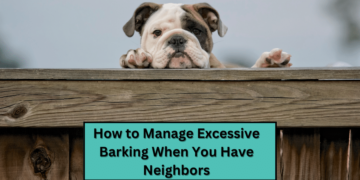



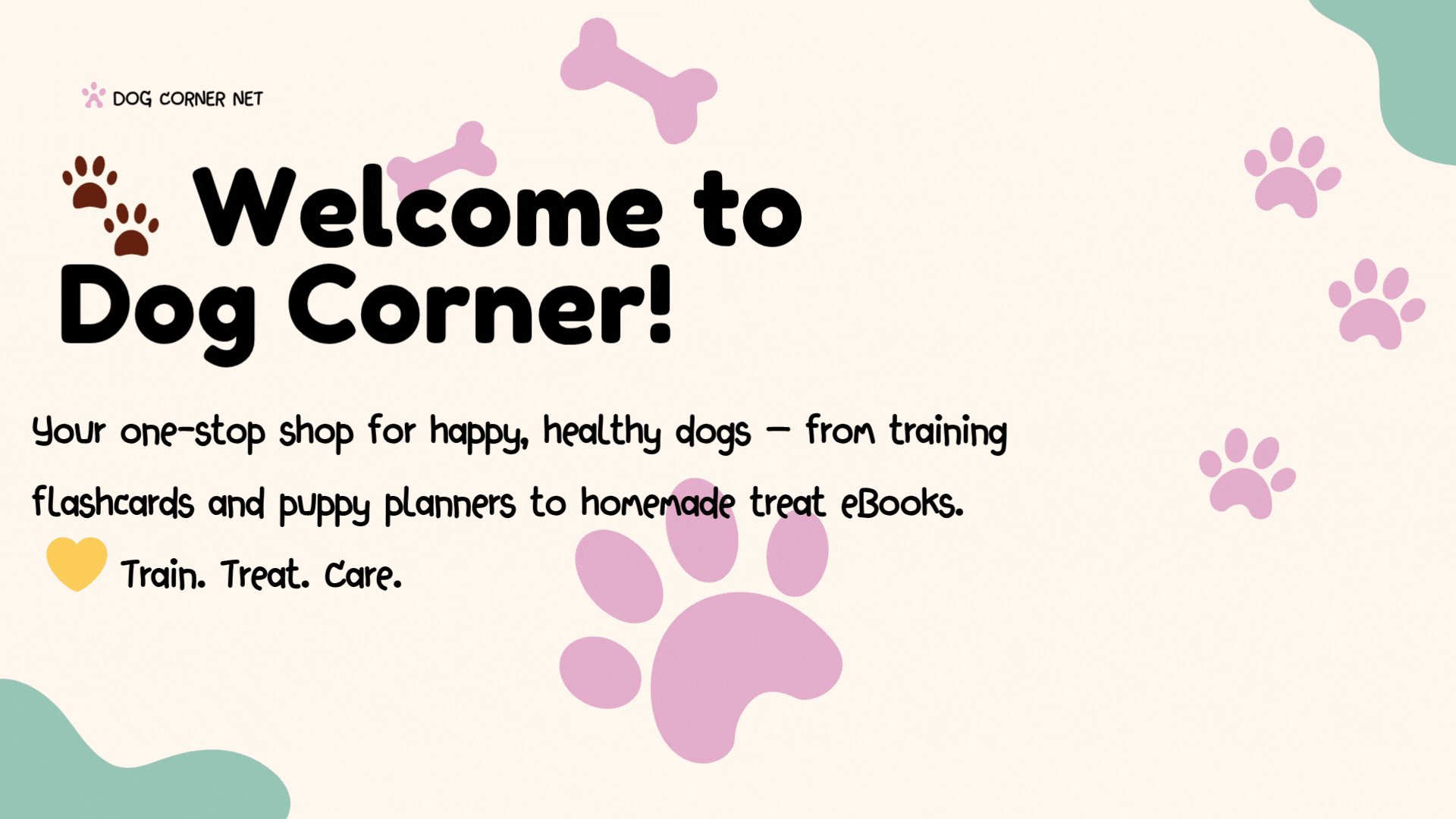
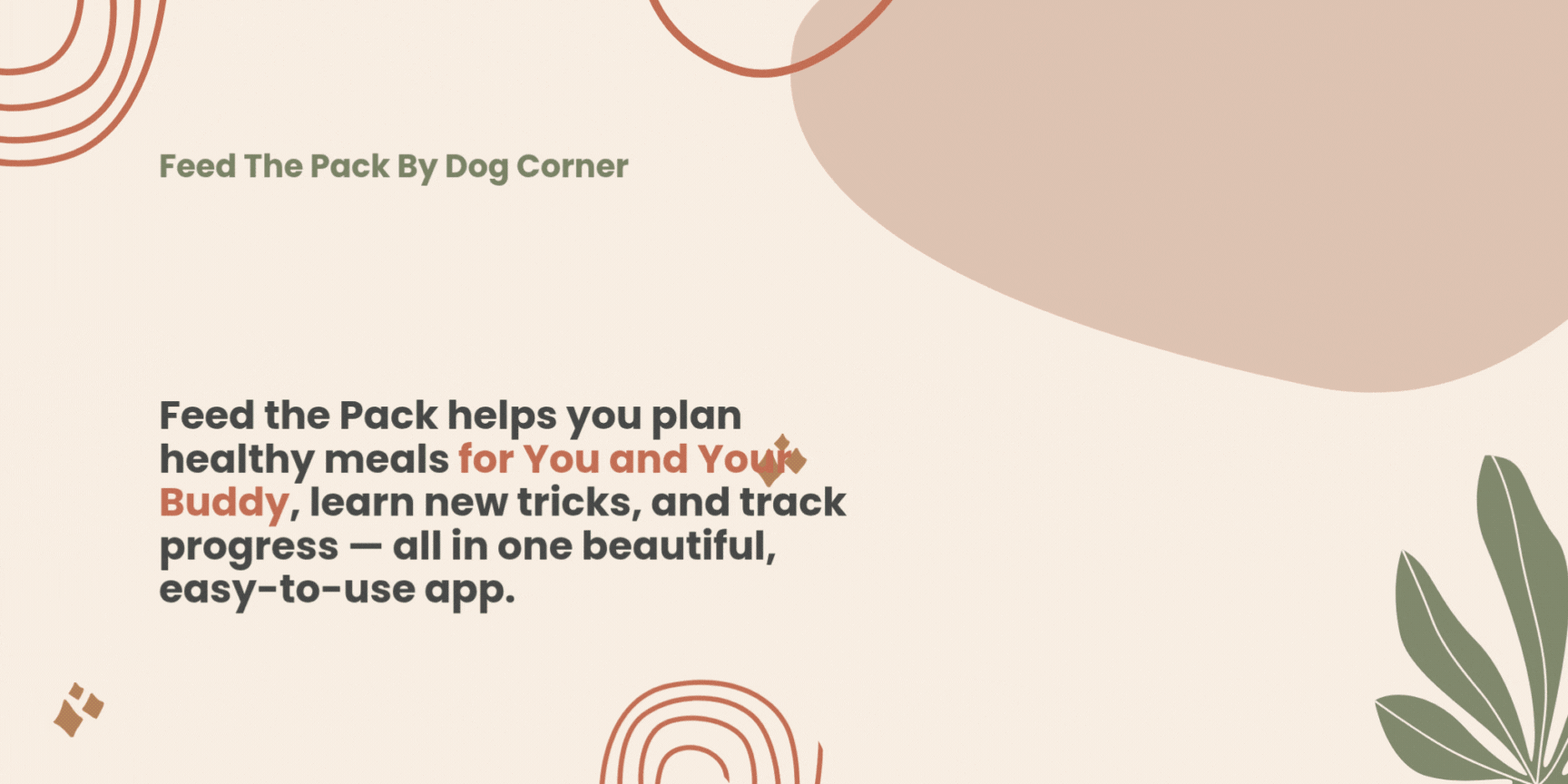






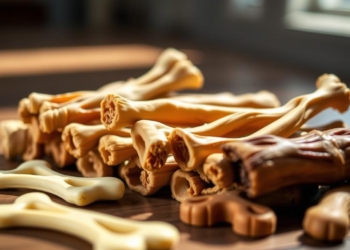
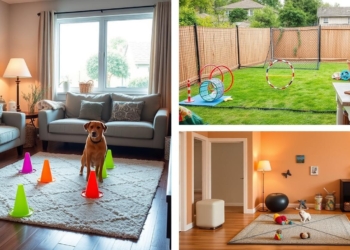
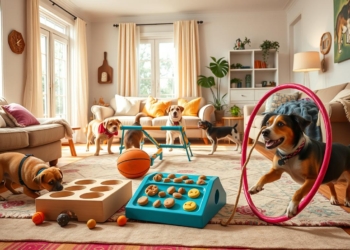
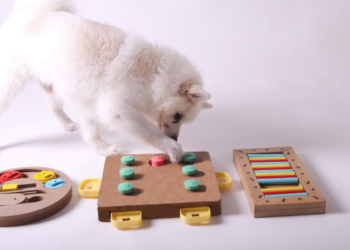

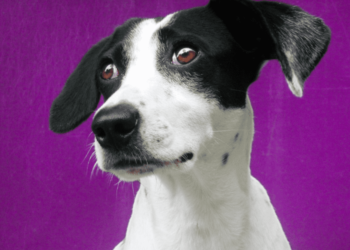











Discussion about this post